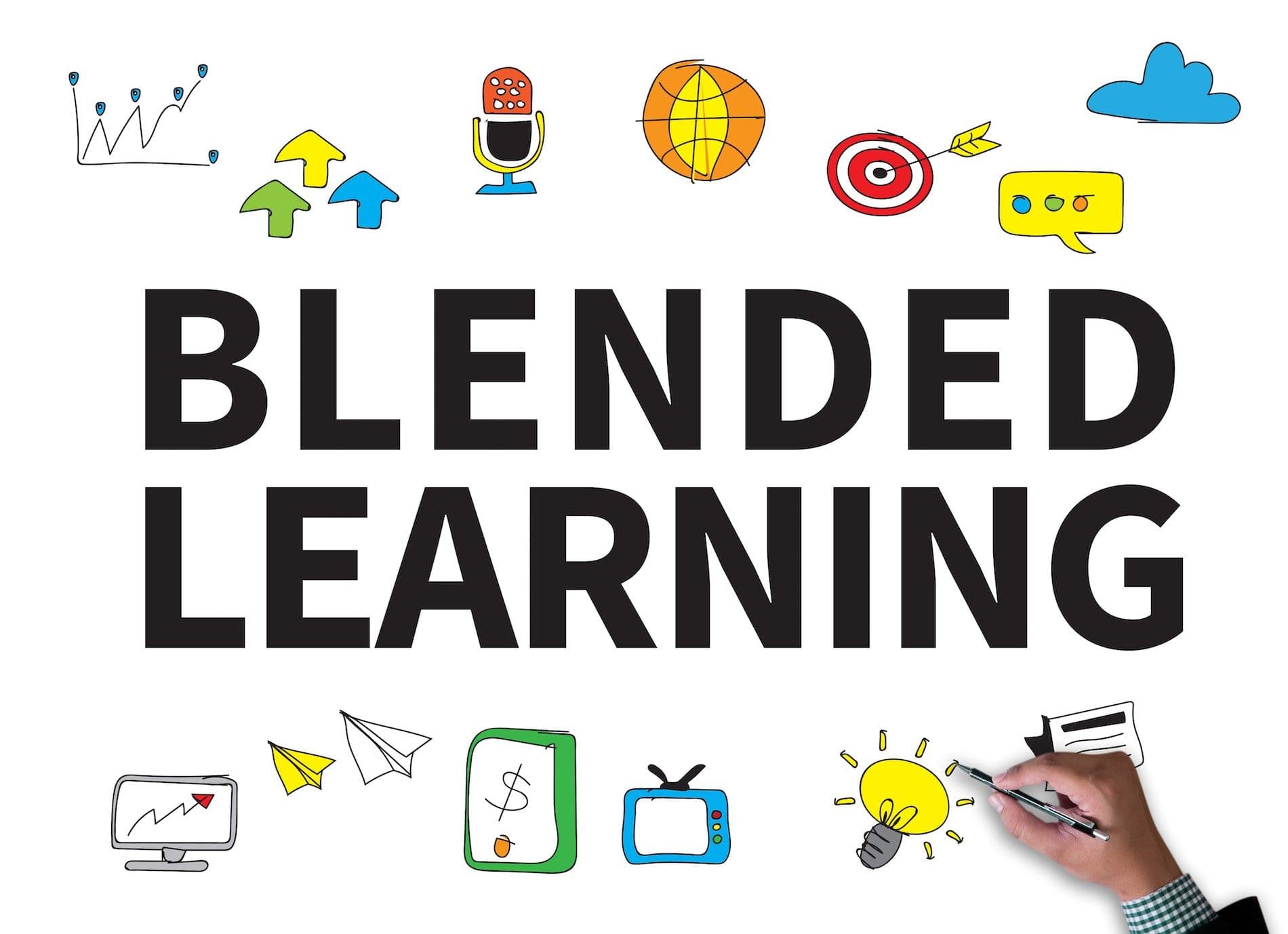
How to Measure the Success of Your Blended eLearning Strategy
Blended eLearning Solutions are a cornerstone of modern corporate training. It seamlessly integrates the flexibility of digital learning into your courses without removing the personal touch of instructor-led training (ILT). Meanwhile, the process of assessing the results can be an obstacle for your blended elearning solutions. It is essential to look upon its result after implementing it once.
Measuring the success of training solutions goes beyond attendance rates and positive feedback. If your company is finding a solution that can be assessed effectively, mixing quality with numeric metrics matters. The solution should reflect learner engagement, knowledge retention, and behavioral change. In this blog, we will discuss a practical approach.
Measuring the success of your blended eLearning programs.
1. Set Clear, Measurable Learning Objectives
Before you can measure success, Your company needs to define your training objectives before you can measure its success. Managers or instructors can begin the process by identifying clear and measurable objectives for your blended learning program. The objectives may include:
Increased knowledge of products
Improved compliance adherence
Faster onboarding time
Enhanced customer service scores
Higher employee retention in key departments
Your organization has to practice aligning these goals with learning results and future business goals. If your training is meant to improve team productivity, decide how you’ll track and prove that outcome.
2. Track Completion and Participation Rates
We believe participation and engagement are the most immediate indicators of learning. If you use your LMS or LXP effectively, you can track:
Completion rates of courses and modules
Attendance in virtual and in-person sessions
Time spent on eLearning modules
Drop-off points for digital content
If your organization faces consistent dropout at certain stages of training programs, it may be a sign of disengagement and generic content. Perhaps it is too long, difficult, or not engaging enough.
Tip: You can use blended-friendly tools such as SCORM or xAPI. It captures detailed learning interactions.
3. Assess Knowledge Retention and Skills Acquisition
Your training might feel successful, but the real test is whether learners retain what they’ve learned and can apply it in real-world scenarios. You can measure this by:
Pre- and post-assessments to track knowledge gain
Scenario-based quizzes to test application, not just memorization
Simulation scores for role-play or skills-based tasks
Peer evaluations in collaborative assignments
This data will show whether your blend of online content and instructor-led training is reinforcing learning effectively.
4. Collect Qualitative Feedback from Learners
Beyond metrics, learner sentiment is crucial. Collect feedback through:
Post-course surveys
Focus groups or interviews
Session ratings for ILT or vILT components
Open-ended response forms for deeper insights
Ask questions like:
Which part of the training was most helpful?
Was the balance between online and in-person effective?
Did the format support your learning style?
This feedback can help refine your blend, such as replacing long eLearning with microlearning or adjusting the timing of live sessions.
5. Monitor Behavioral Change on the Job
Ultimately, the goal of blended learning is to create behavioral change. This is where it gets trickier but more meaningful. Use methods like:
Manager evaluations of post-training performance
Peer feedback on workplace collaboration or skills
Mystery audits or performance simulations for customer-facing roles
Performance reviews that reference newly acquired skills
If training on communication skills was part of the blend, has there been a noticeable shift in how team members collaborate
6. Connect Training to Business Impact
This is where you prove the ROI of your blended eLearning strategy. Link your training outcomes to tangible business KPIs, such as:
Reduced error rates
Faster project delivery times
Increased customer satisfaction or NPS scores
Higher sales conversion rates
Lower employee turnover
Use baseline data collected before the program to compare post-training results. The closer your L&D data can tie into business metrics, the more valuable your training function becomes.
7. Leverage Learning Analytics and Dashboards
Modern LMS and analytics platforms provide real-time dashboards that let you view:
Course progress by department or team
Performance scores across modules
Engagement trends over time
Correlations between training and business KPIs
Use these insights not just for evaluation but to continuously improve your blended strategy. For example, if engagement is high in eLearning but low in live sessions, you may need to rework session timing or format.
8. Use Kirkpatrick’s Model as a Framework
Many organizations still use Kirkpatrick’s Four Levels of Training Evaluation to structure success measurement:
Reaction – Did learners enjoy the training?
Learning – Did they gain the intended knowledge/skills?
Behavior – Are employees applying these modules in their job roles?
Results – Is it impacting business outcomes?
A blended learning strategy makes it easier to collect data at each level, especially with digital tools for levels 1–2, and performance evaluations for levels 3–4.
Conclusion
blended elearning solutions offers your organization more flexibility and engagement. It creates a path to workforce development but your success isn’t guaranteed unless you measure the results with efficient methods. You can build well-structured blended solutions for training effectiveness if you combine participation data and learner feedback with performance outcomes and business impact.
Assessing corporate learning results is not a continuous task where we need frequent feedback and improvement. When you use it in the correct way, it supports you to transform your blended eLearning solutions for outstanding business growth.
Appreciate the creator